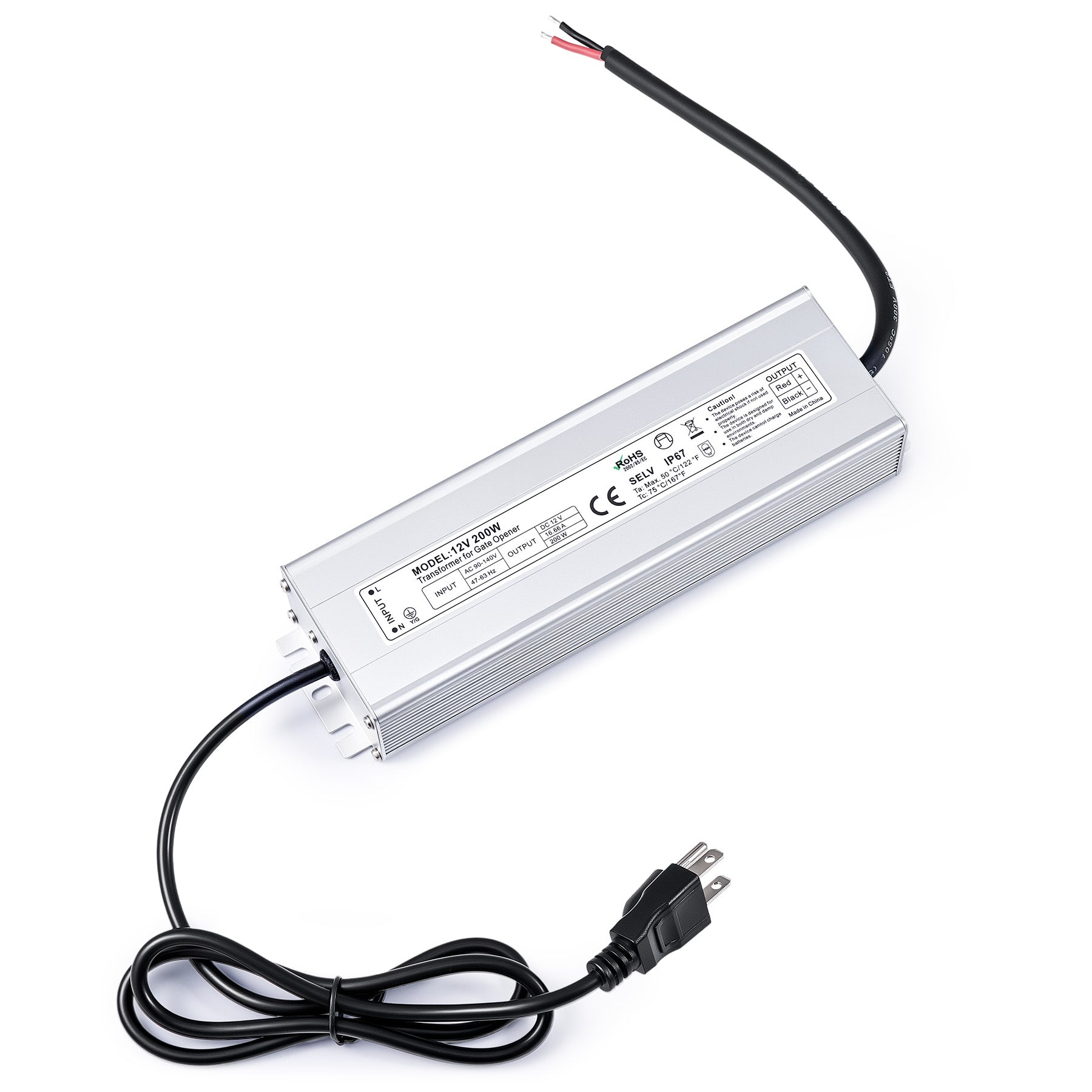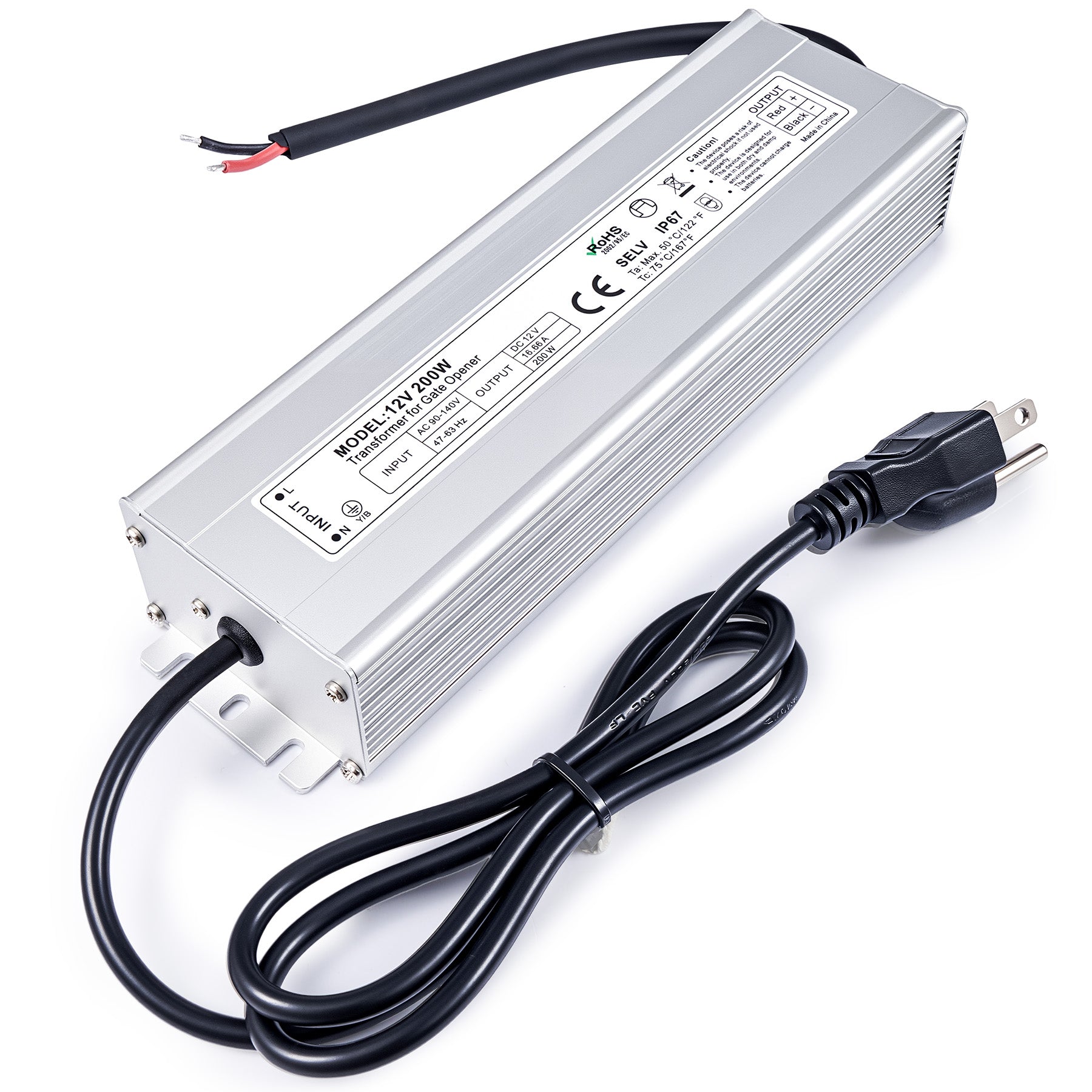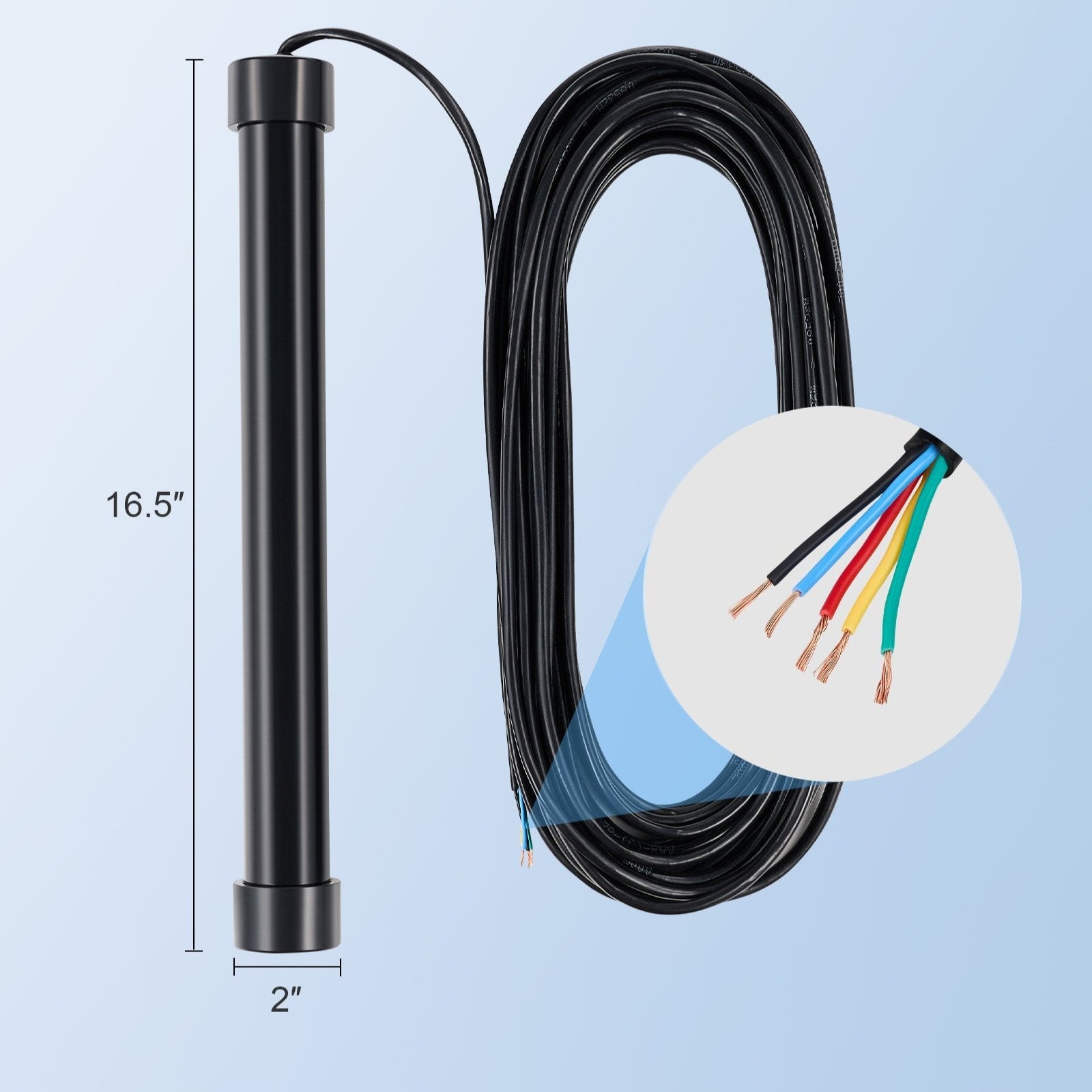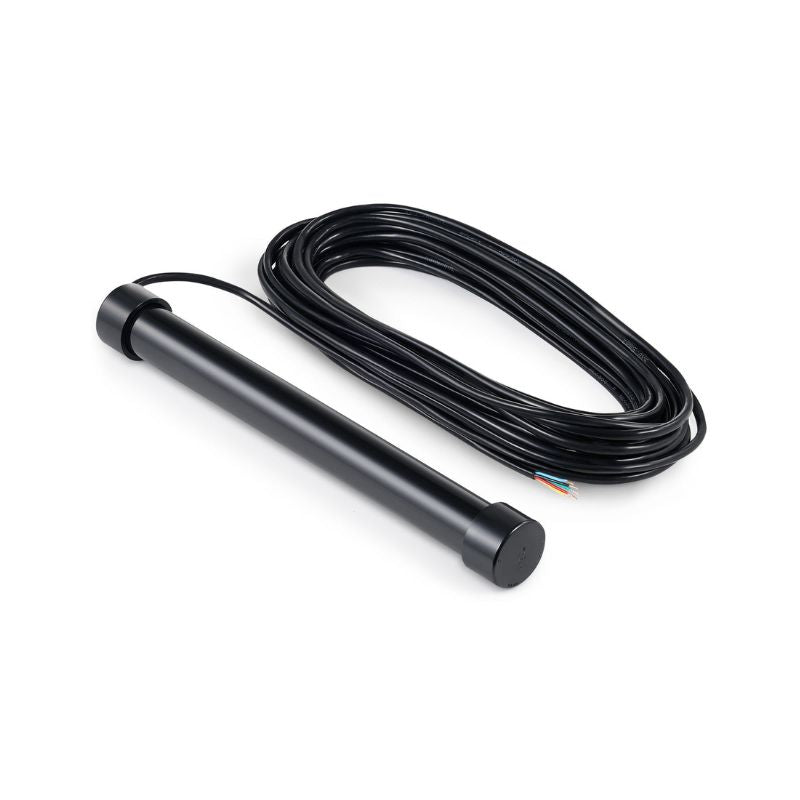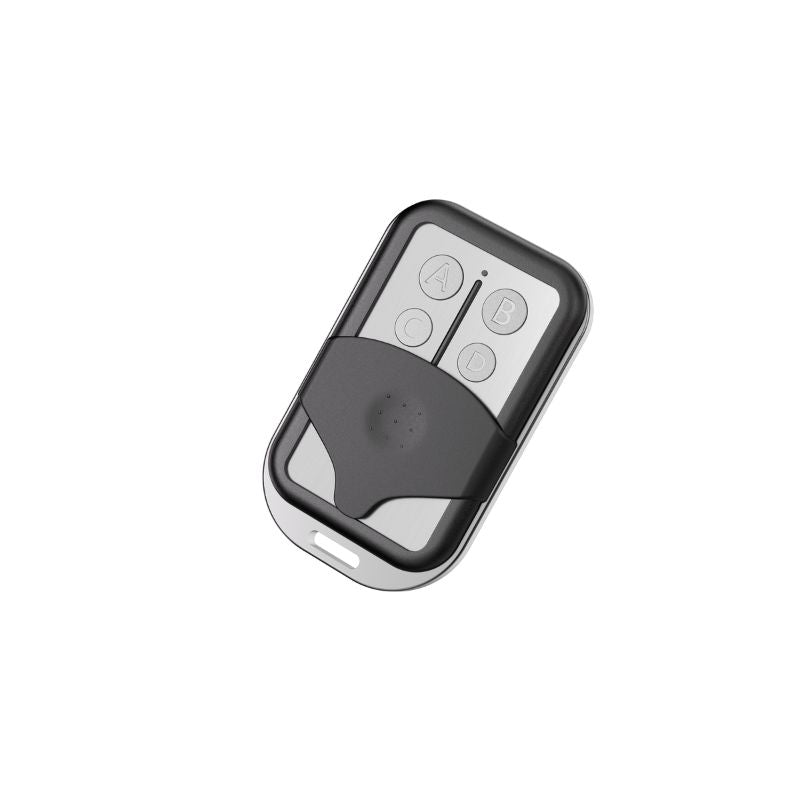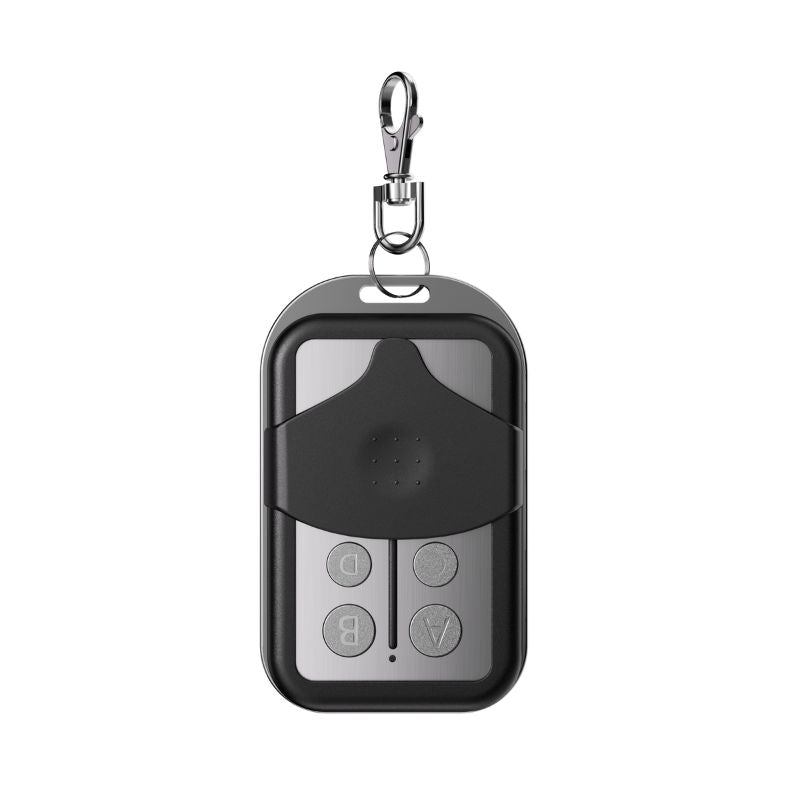If you’re thinking about installing a driveway gate, one of the first and most important questions to answer is: how wide should it be?
Deciding how wide your driveway should be is an important tactical issue because the width of your driveway gate affects everything: from how effectively and conveniently your driveway gate works to the long-term property value of your home.
Choosing the right size and type of gate for your driveway means considering the size of the vehicle (or vehicles) that will be going through the gate, the size and incline of your land, and how you plan to use the space.
Let’s dig into the details so you can make a smart and informed decision.
Standard Driveway Gate Widths
Driveway gates come in a range of widths depending on how they’ll be used. Here are some general guidelines to help you decide on the right gate width.
- Single-car driveways typically need a gate that is 10 to 12 feet wide.
- Double-car driveways or shared access roads often require 14 to 16 feet.
- For large vehicles like RVs, trailers, or delivery trucks, you may want 16 to 20 feet.
Technically, an 8-foot gate might work for a driveway, but it leaves little room for error when turning in or out. Remember, the average car is around 6 to 6.5 feet wide. A little extra space on either side of the vehicle (ideally at least 2 feet total) helps with maneuverability and reduces the risk of scraping mirrors or bumpers.
Think about future-proofing, too. If you’re planning to buy a truck, host guests with larger vehicles, or eventually install a trailer, go a bit wider.
The Length, Width, and Slope of Your Driveway Gate Matters
The right driveway gate must also fit the nature of your land and the driveway in question. So, the width, length, and (most especially) the slope of your driveway matter a great deal.
1. Driveway Width
The narrower your driveway gate, the more limited your driveway gate options. If your driveway is less than 10 feet, for example, your options may be limited to a single swing gate or a sliding gate.
For wider driveways, you can consider double swing gates or dual-panel sliding gates.
Again, match the gate width to the widest vehicle you plan to use regularly, and remember to leave a bit of room to spare.
For a two-lane driveway where two cars can pass each other, 14 to 16 feet is a good fit.
2. Driveway Length
Short driveways (especially those right off the street) present a challenge when it comes to choosing a driveway gate. If your gate is too close to the road, it may not leave enough space for a car to pull in while the gate is opening.
In this case, a sliding gate might be your best bet, since it doesn’t swing outward or inward.
You can also use an inward-swinging gate, but you’ll need enough room inside your property to accommodate the full arc of the swing.
3. Slope and Grade
The role of the slope and grade of your driveway when deciding how wide a driveway should be is crucial, but often overlooked. A gate that swings inward needs level ground. If your driveway slopes uphill from the street, an inward swing gate can drag or even hit the ground.
What this means is, if your driveway slopes uphill from the street, you might be forced to:
- Install a sliding gate
- Use outward swing gates (if permitted)
- Mount your gate on rising hinges (a more complex and expensive option)
On a downhill or level driveway, inward swing gates work great.
Types of Driveway Gates (and When They Make Sense)
Once you’ve figured out the dimensions, the next big decision is what kind of gate to install. Here's a rundown of your main options:
Swing Driveway Gates
Swing driveway gates open like doors, either inward or outward. They can be single-leaf (one panel) or double-leaf (two panels), and they are best for:
- Flat or gently sloping driveways
- Homes with traditional or estate-style designs
-
Properties with enough room for the gates to swing open fully
If your driveway is short or steeply inclined, or you live in an area where snow, debris, or terrain might block the gate's path, a swing gate might not be the best choice for your driveway.
Sliding Gates
Sliding gates move sideways along the fence line. They’re great for driveways where swing space is limited. They are best for
- Short driveways
- Steeply sloped entrances
-
Urban settings where space is tight
Note: You'll need lateral space at least equal to the gate width, usually along the inside fence or wall
Why People Choose Swing Driveway Gates
Swing gates are perfect when:
- You have enough space inside your property for them to swing open
- Your driveway is flat or slopes away from the gate
- You like the look of a traditional entry
- You’re working with a budget (they’re usually cheaper than sliding gates)
If you don’t have room to slide the gate sideways and your driveway isn’t too steep, swing gates are a solid, stylish, and functional choice.
Factors That Can Make or Break Your Driveway Gate Choice
- Wider gates may require reinforced hinges, stronger posts, or motorized locks to stay secure. Also, consider whether the gate swings toward or away from public areas.
- Planning to automate? Sliding gates require a track and motor, while swing gates use arm motors or underground systems. Larger gates need stronger motors.
- Choose a style that matches your home while also handling your climate.
- Check local zoning laws and HOA rules. You might want to check whether your city or county has limits on gate height, rules about gates swinging into public streets, and/or emergency vehicle access requirements
- Also, think about what happens during a power outage—many municipalities require automated gates to open automatically or have manual overrides.
Final Thoughts
Choosing the right width and type of driveway gate isn’t just about looks—it’s about safety, usability, and making sure your property works smoothly every day. Start with accurate measurements of your driveway, consider the vehicles that need access, and pay attention to your landscape.



